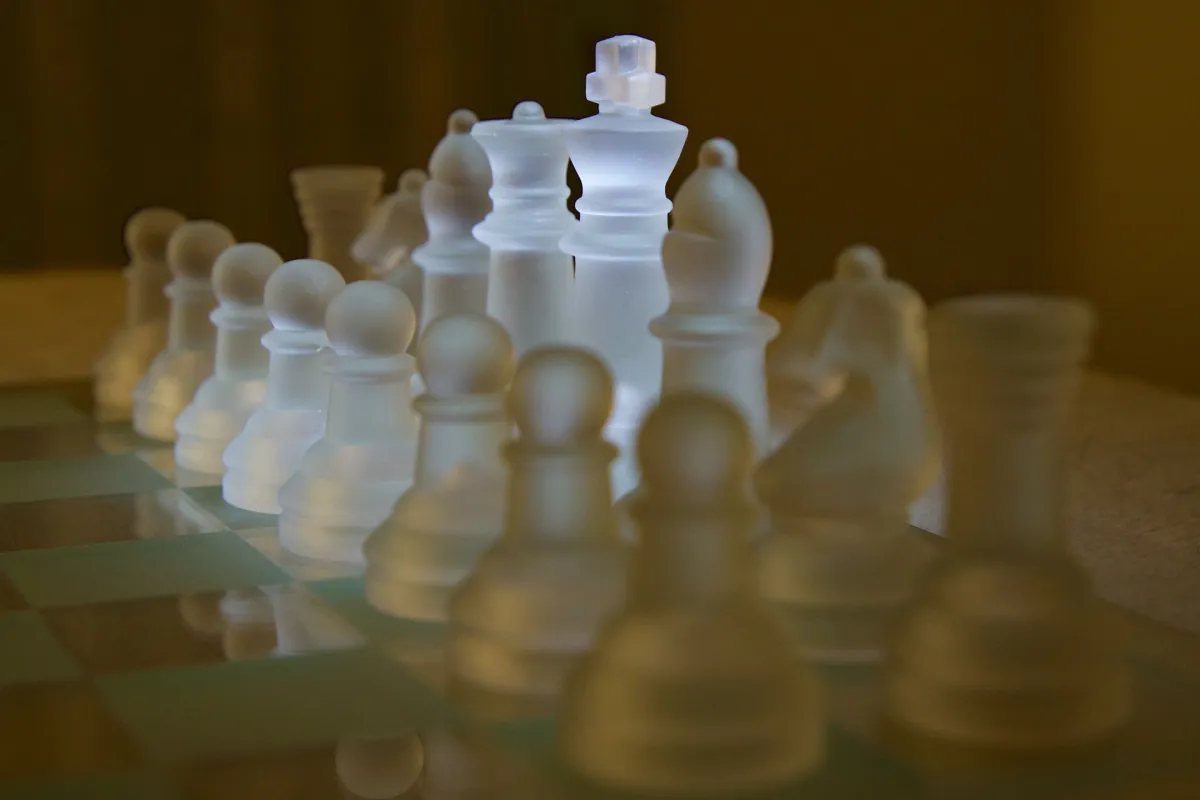Blackburne’s mate is one of the notable checkmate patterns that emerge in the game of chess when a knight and a bishop work together with a hapless enemy piece to complete an assault on the king and end the game in style.
Bishops and knights are very useful pieces, but checkmates involving them without any help from rooks or a queen are sometimes tricky for players to find. That’s why knowing Blackburne’s mate is so important, and could win you games.
How to do Blackburne’s mate in chess
Two bishops and a knight cover up four of the five potential escape squares of a king on the side of the board in this checkmate, and an enemy piece is in the wrong place at the wrong time, helping out the attacker to complete the deed. A schematic of it looks something like this:

Generally, you will see this checkmate pattern emerge after a short castle, should the opponent in question allow you to bombard the entirety of their defense and open up the lines of sight of both bishops. A less typical version, seen below, features a cornered king instead, where the lack of an i-file serves as the replacement of the helpful enemy piece.

This checkmate method is named after Joseph Henry Blackburne, a 19th-century chess player who was nicknamed “The Black Death” by his contemporaries for his aggressive style and his massive black beard. One of the strongest players in the Romantic era of chess, he, like most players of the time, played sharp and tactical, with often unsound-but-amazing games. No wonder positions kept emerging where he could execute this checkmate often enough to have it named after him!
He’s also known for the Blackburne Shilling Gambit (sometimes referred to as the Kostić Gambit after the Serbian grandmaster who also often played this in the early 20th century), which he supposedly used to beat amateur players and win the shilling wagered for the match—though this story might be apocryphal, since no recorded game of his actually features this gambit.
After 1. e4 e5 2. Nf3 Nc6 3. Bc4, Nd4? leaves open the Black e5 pawn, taking it would be a fatal error by White. The gambit has also been referred to as the “Oh my God!” trap, as it’s been cheekily noted that the player on the Black side of things should loudly exclaim this to suggest that they mistakenly let the pawn fall.

It’s all a ruse: 4. Nxe5? Qg4! threatens the knight and the g2 pawn at the same time, and Nxf7 is not enough to parry the threat of the queen’s quick invasion. Even today, this is well-worth knowing as a potential tool against weaker players; however, just be mindful that either 4. c3 or the simple 4. Nxe4 completely defuses the idea, and it’s unlikely that you will get a chance to execute Blackburne’s mate later in the match.







Published: Nov 27, 2022 02:40 pm